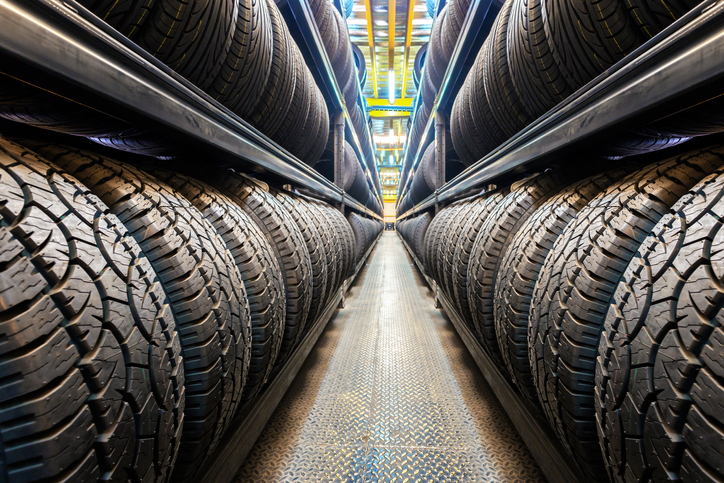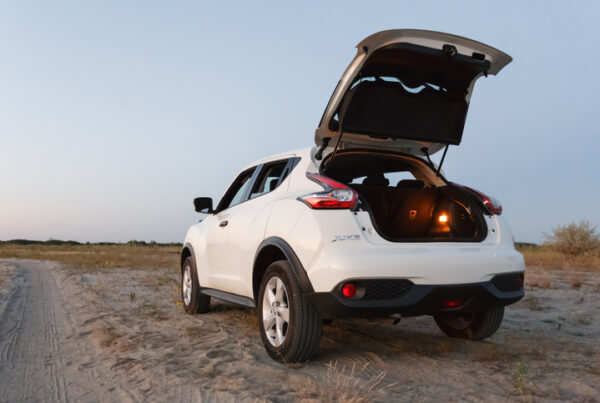Ensuring your tyres are kept in good condition is a vital part of any properly functioning fleet. Failing to equip your drivers with roadworthy tyres is not only very dangerous but also very illegal.
As we head into the second half of 2021, don’t let complacency set in. As fleet managers nothing you can do is ever more important than ensuring the safety of your number one asset – your drivers.
We’ve captured five easy tips to help all fleet manager improve the safety of their tyres – in turn driving improved efficiency across your operations.
1. Tyre Rotation
To ensure even wear and tear it is important for your fleet’s tyres to be rotated. Your front tyres often do the bulk of the work given they carry more of the car’s weight, so flipping them around can improve their overall life-span. A good rule of thumb is making sure tyres are rotated every 8,000 to 10,000 kms – less if your cars are driven more frequently and on unsurfaced roads.
2. Tyre pressure
Keeping your tyres properly inflated is of importance for two reasons. Firstly having properly pumped tyres will reduce fuel consumption which can result in large cost and environmental savings over an extended period of time. Secondly making sure your tyres are inflated to the correct PSI protects against tyre damage and reduces the likelihood that the car will spin out of control. Make sure to check your tyre pressure at least every month, and always before embarking on a long journey. To find the correct tyre pressure for your car, check the user manual or the label on the driver’s door.
3. Tyre tread depth
Tyre tread is important as it helps remove water between the tyre and road, ensuring the car tyres don’t lose traction and control with the road beneath them. The minimum tread depth varies very slightly from state to state, but is between 1.5mm and 1.6mm. In Western Australia for example, it is 1.5mm. If in doubt, check your state government’s transport department. Keep in mind that driving on uneven road surfaces and excessive hard braking and high-speed driving will wear your tyre tread even quicker.
4. Wheel alignment
Wheel alignment is a process of ensuring your vehicle’s wheels and axles are properly balanced and aligned. A properly aligned vehicle will perform at its optimum level, while also increasing safety and saving fuel. It also protects the bearings and suspension, prevents premature tyre wear and stops vibration.
5. Repair and replacement
The old adage “when in doubt, chuck out” might be just as relevant when it comes to your vehicle’s tyres. If ever you have any concerns make sure to take them to a specialist to check. Generally speaking, specialists are able to identify the internal condition of a tyre alongside the outside, which will help give you a better understanding of your tyre’s overall condition. Like with everything, there will come a time that your tyres will need to be replaced. Make sure you don’t become complacent and always encourage your fleet drivers to speak up and keep you informed on the conditions of your tyres.
When was the last time you checked the tyre conditions of ALL your fleet vehicles? Are you certain your organisation is 100% compliant?




















